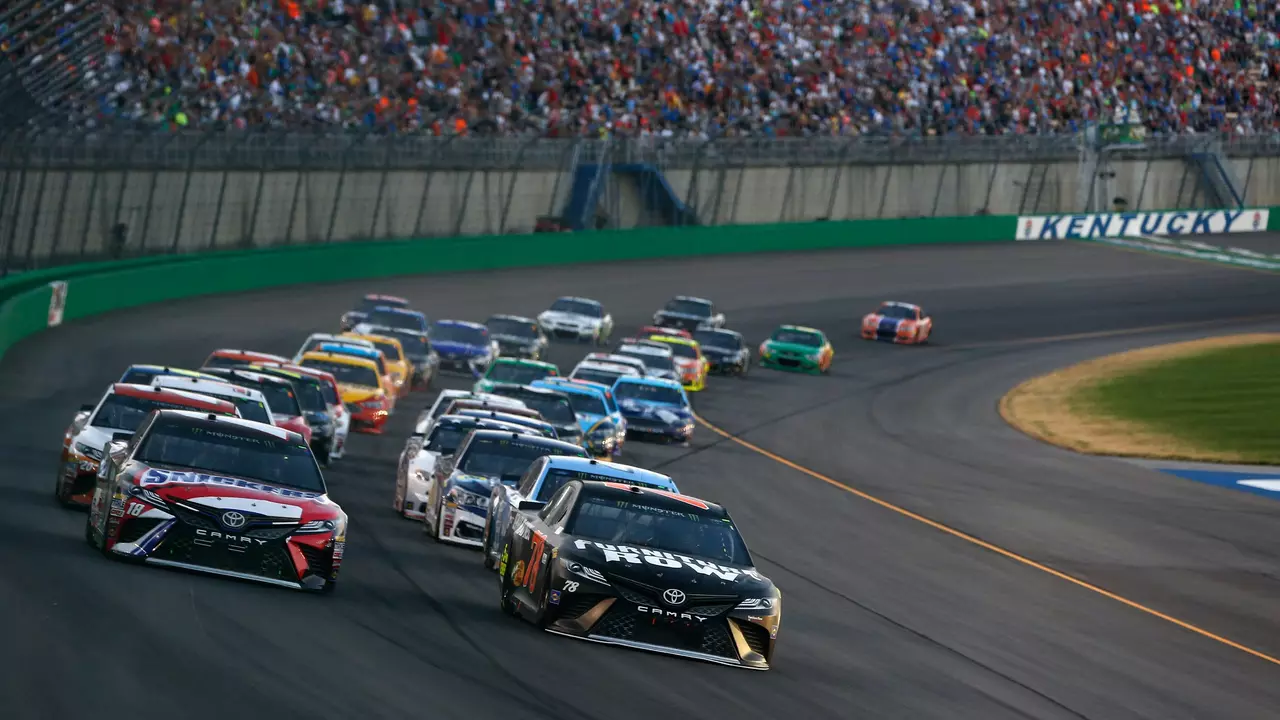Driver Challenges: What Every Racer Needs to Know
If you’ve ever wondered why some drivers seem to crush every race while others struggle, the answer lies in the challenges they face every day. From keeping the body in shape to mastering a new car, the hurdles are real and often hidden. Below we break down the biggest obstacles and give you straight‑forward ways to handle them.
Physical and Mental Hurdles
First up, fitness. A race car can push a driver’s heart rate into the 180‑bpm range, and the neck muscles have to hold a heavy cockpit steady for hours. Simple strength drills – think neck bridges, core planks, and cardio intervals – make a huge difference. Don’t forget hydration; even a small drop in blood volume can fog your vision.
Mindset matters just as much. Racing is a constant battle of focus versus distraction. Most top drivers use a short mental routine before each lap – a few deep breaths, a visual run‑through of the corner sequence, and a quick check of their pace. Practicing this for 5‑10 minutes a day builds a habit that kicks in when the pressure mounts.
Sleep is the secret weapon. A full 7‑9 hours lets the brain process data from practice sessions, turning raw experience into instinct. If you travel for a race, try to stick to a regular sleep schedule and avoid caffeine after midday.
Technical and Strategy Issues
Every car behaves differently. The biggest driver challenge here is learning the car’s sweet spot – the exact brake pressure, throttle bite, and steering angle that gets the quickest lap. Spend at least one full practice session focusing only on feeling the car, not on lap times. Turn off the telemetry, listen to the engine, and note how the car reacts to small inputs.
Track knowledge is another huge factor. Even a familiar circuit can change after a rain‑showered weekend or a new resurfacing. Walk the track if you can, or study aerial photos to spot braking zones, curbing, and runoff areas. The more visual cues you have, the quicker you’ll adapt when the race begins.
Strategy can feel like a puzzle. When you get a tyre change, fuel load, or weather update, you need to adjust your driving style in seconds. Keep a simple checklist: tyre temperature, brake wear, and fuel balance. Check these at the end of each stint and tweak your approach accordingly.
Finally, communication with engineers is a two‑way street. Speak clearly about what you feel – “front left understeer at 120 km/h” is better than “car feels weird”. The clearer the feedback, the faster the team can dial in the right setup.
Driver challenges are not obstacles you can’t overcome; they’re just parts of the job. By honing fitness, sharpening mental routines, and mastering the technical side, you’ll turn those challenges into strengths. Keep it simple, stay consistent, and watch your lap times improve lap after lap.
